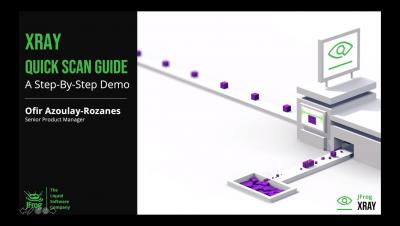My Process Used Minimal Memory, and My Docker Memory Usage Exploded
The Docker infrastructure abstracts a lot of aspects of the creation of images and running them as containers, which we usually do not know about nor interact with. One of those aspects is the handling of the filesystem inside the container. This post is a case study on how we discovered that writing large amounts of data inside a container has side effects with memory caching. Initially, we thought that we had an issue with our source code, but this was never the case.











